-
01
IntroGet started by booking your free intro.
-
02
PlanTalk with a coach and make a plan.
-
03
ResultsStart training, follow your program and get results.
Getting started is easy at the best gym in Greensburg, IN
At Reclaim in Greensburg, IN, we believe that the path to reaching your goals starts with an actionable plan. Talk with one of our expert coaches to learn more about which program style will fit your lifestyle. Join our gym to get results that last.
Fill out the form below to get started
Take the first step towards getting the results that you want
LIBBY’S STORY
Reclaim has changed my life! The level of expertise and support from the staff is second to none. l feel better now in my 40's than I did in my 30's.
KELLY’S STORY
You don't go to Reclaim just for a workout. You go for the professional and knowledgeable coaches who help you to be the best version of yourself.
DAN'S STORY
More people in Greensburg need to get serious about their health, and Reclaim is a great place to start on that journey.
Achieve your goals with us
Take the first step in becoming your own success story.
Fill out the form below to get started
Take the first step towards getting the results that you want

